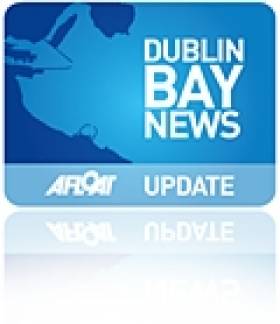Displaying items by tag: St Patrick's weekend excursions
Dublin Bay Cruises Operate for St. Patrick's Weekend
#DublinBay – This St. Patrick' s weekend will see Dublin Bay Cruises running a network of excursions across Dublin Bay linking Dublin city centre with Dun Laoghaire and Howth Harbour's, writes Jehan Ashmore.
The specialised sailings on Saturday, Sunday and the Monday (15,16 and 17 March) are in advance to the excursion operator running regular season sailings which resume on Friday 4 April.
Cruise excursions options are: Dun Laoghaire-Dublin city-centre, Dubin city-centre-Howth Harbour, Howth Harbour-Dublin city centre and the final cruise operated on each day is Dublin city-centre-Dun Laoghaire Harbour. Each of the four excursion ticket prices are for one-way only journeys.
The cruises offer great views across the expanse and beauty of Dublin Bay and notably the coastline along Dalkey to the south and Howth Peninsula to the north.
In addition to calls to the capital via the commercial port as the excursion berth is closer to the city-centre opposite the National Convention centre and where the action of St. Patrick's weekend festivities will be more apparent.
Cruises are operated by the steel-hulled 100 passenger St. Bridget which has a covered lounge area and open deck spaces to take in all the vista's. For more information visit: www.dublinbaycruises.com





























































